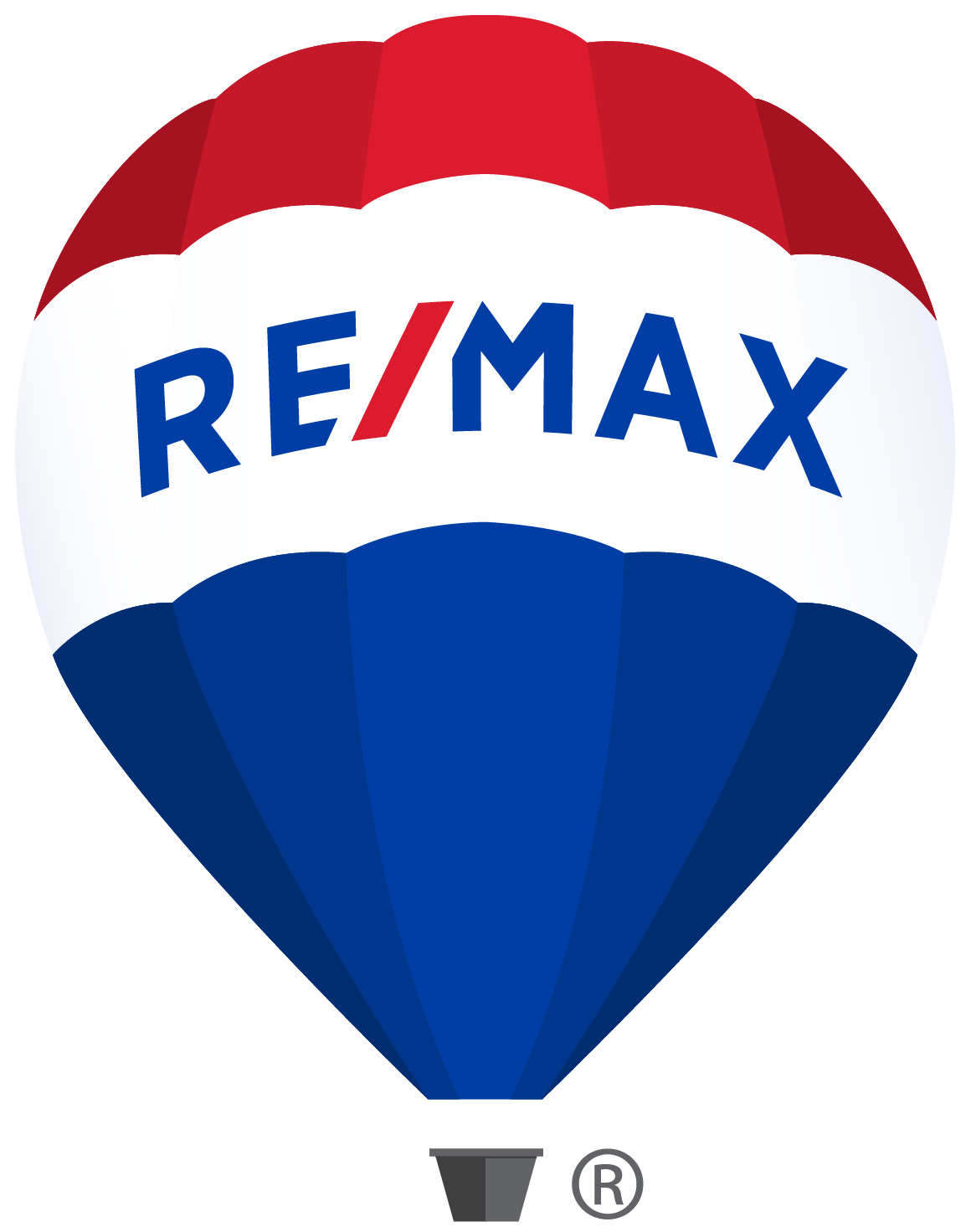As we step into a bustling selling season, many homeowners are gearing up to put their properties on the market. A critical decision during this preparation is determining the extent and budget for marketing your home. Marketing is not just an expense; it’s an investment that can significantly affect your sale’s profit margin. The goal is to attract a wide pool of buyers, fostering competition that can elevate your selling price to its peak.
Initiating your campaign with professional photos, engaging copy, a prominent signboard, and online advertising sets a solid foundation. From there, consider enhancing your strategy with additional marketing avenues. Remember, the quality of your marketing materials is paramount; they not only announce the sale but also encourage potential buyers to take action, suggesting that a well-marketed home is a quality investment.
Scheduling conflicts for viewings between different properties are common, so it’s essential to make your home stand out and capture buyer interest first. With the highest level of attention during the initial two to three weeks of listing, prioritising your marketing spend in the early stages is strategic if you’re working with a limited budget.
While some may believe that online advertising suffices, it primarily captures active buyers already in search of a property like yours. Don’t overlook the passive buyers — those not actively looking but could be swayed by the allure of your home. This segment is particularly relevant in today’s market, where trends like sea change or tree change movements post-COVID, and a growing demographic of retirees, expand the pool of potential buyers across various locales.
To engage both local and broader audiences, including passive buyers, a multifaceted approach is necessary. Starting with a signboard can significantly impact local exposure, as a considerable number of buyers are likely to be from the nearby area. Supplementing this with direct mail, such as DL cards, can effectively target both active and passive local prospects, especially in sought-after neighbourhoods.
Broadening your reach to passive buyers can also be achieved through print advertisements, which signal serious intent to sell and can attract regional or city buyers. Social media campaigns, tailored to the demographics of your likely buyers, can further amplify your property’s visibility.
In essence, effective marketing not only boosts the potential sale price of your home but also maximises the number of buyers vying for it, driving up the final sale price. Investing in marketing is investing in the potential of your property to attract the best possible offer, making it a critical component of selling your most significant asset.

